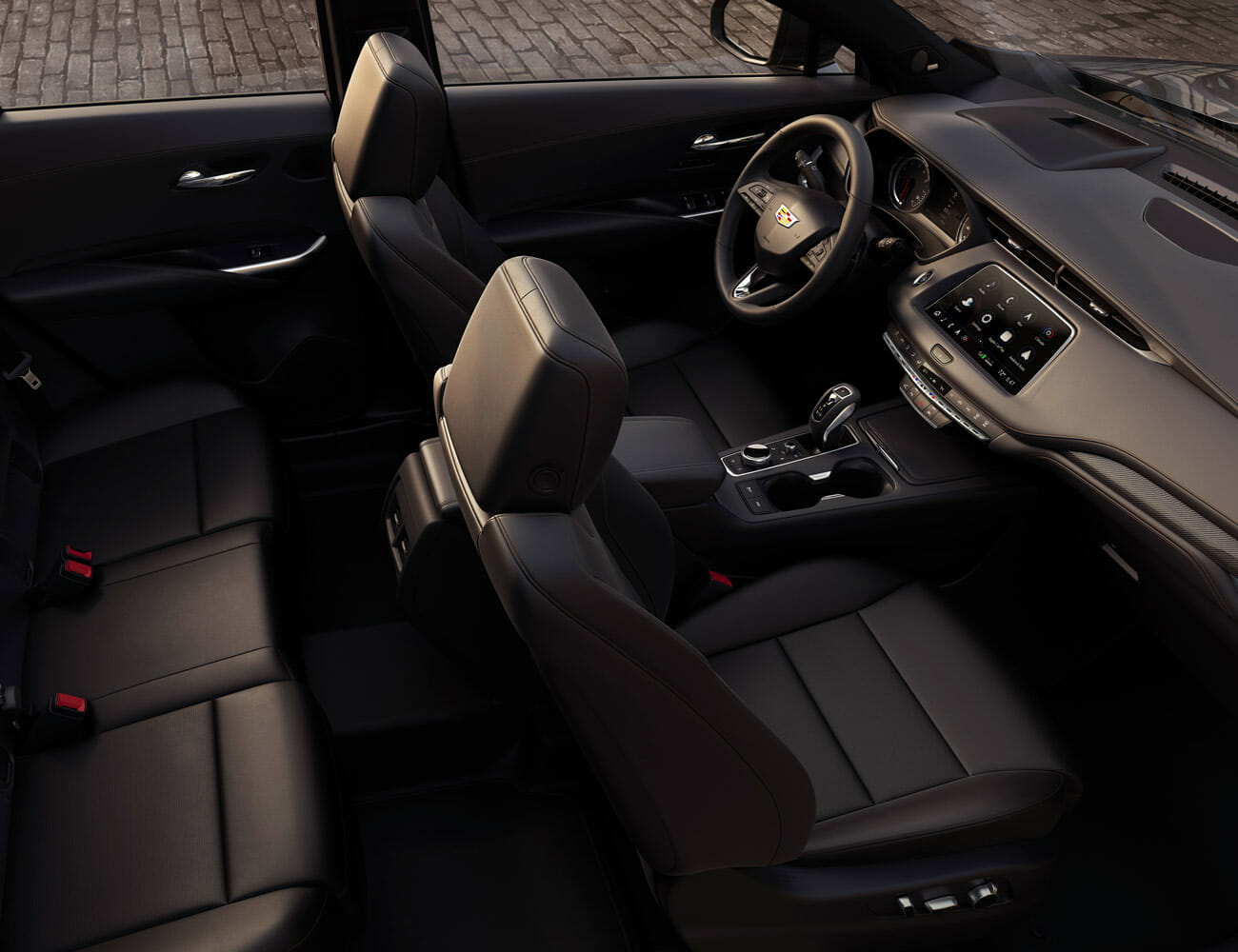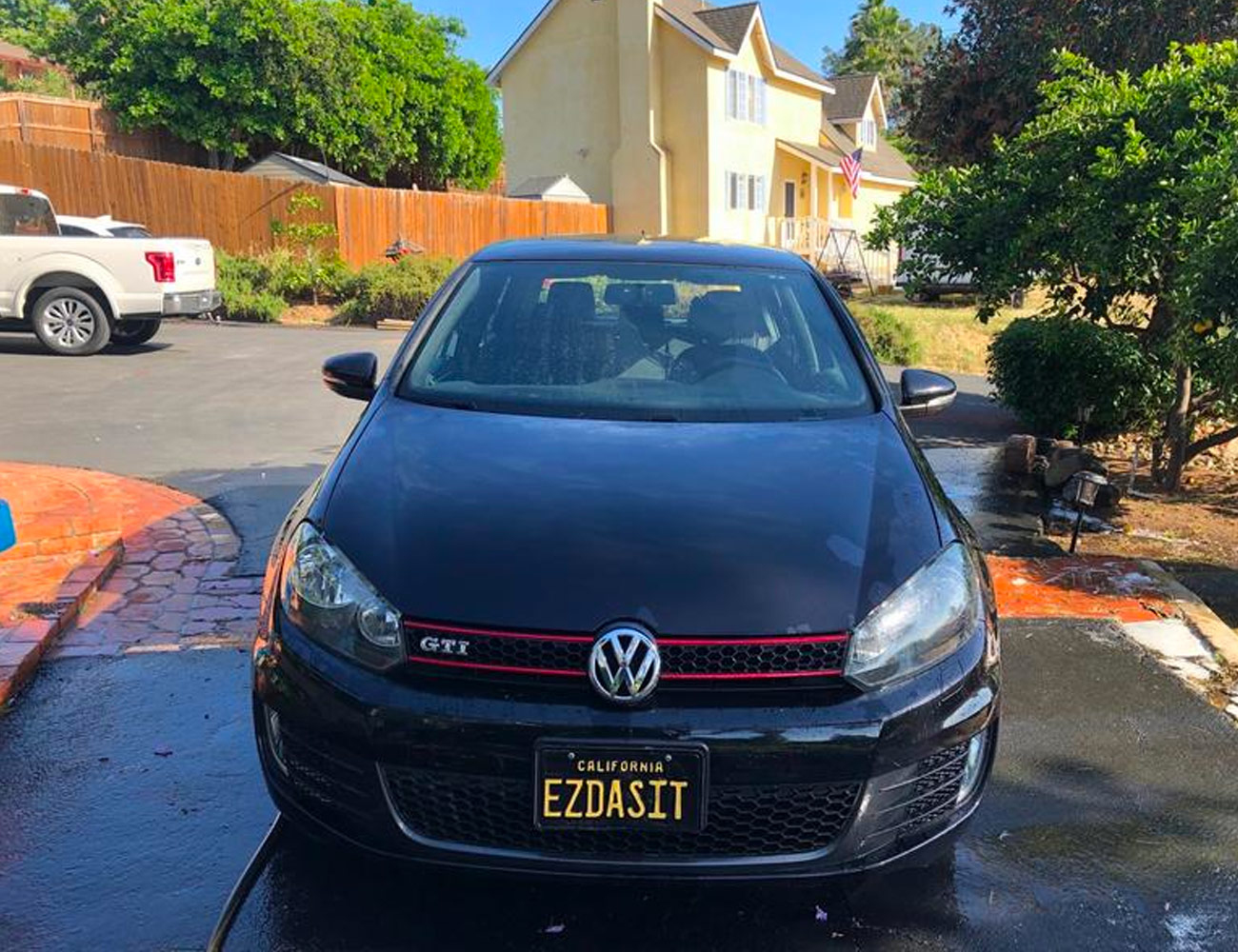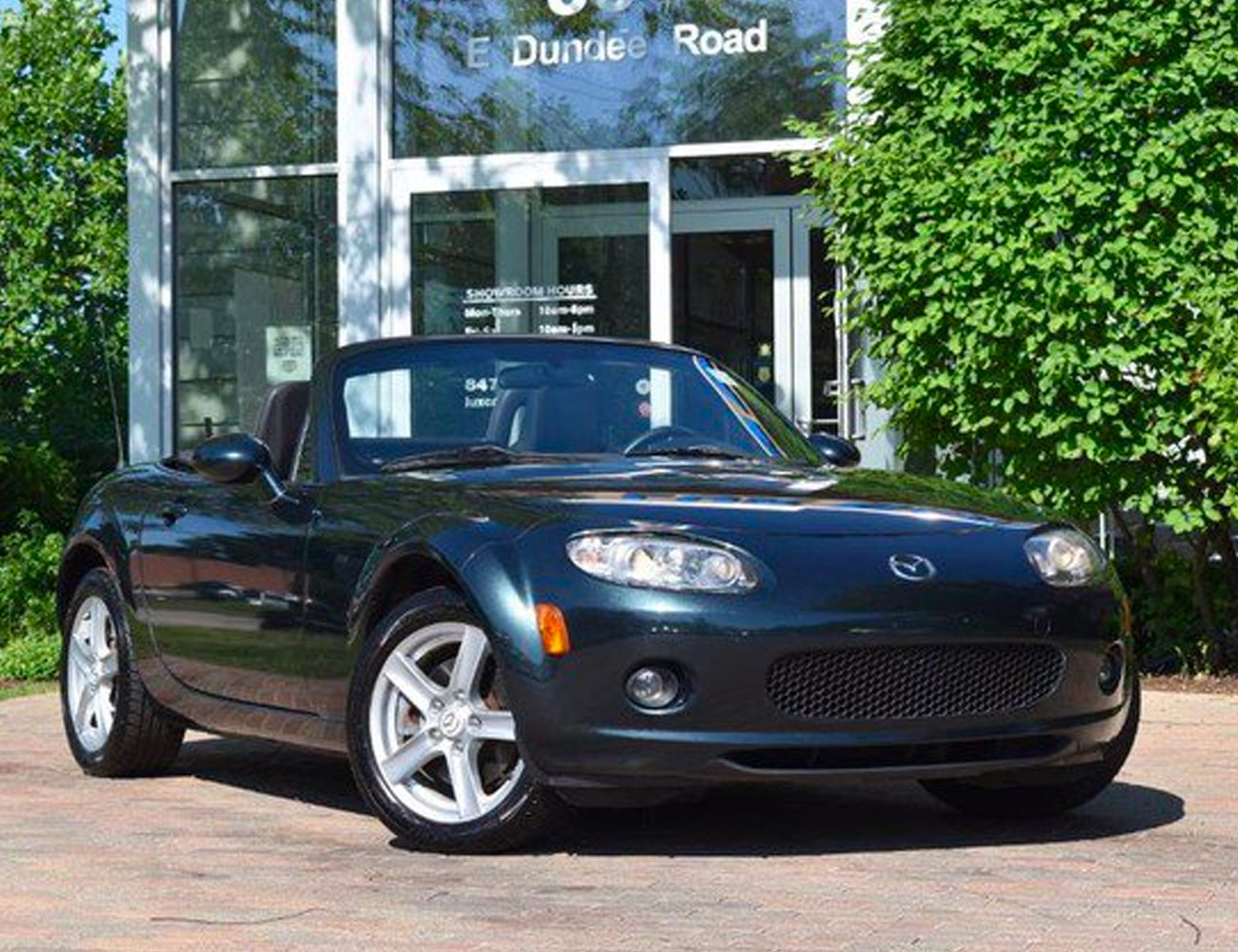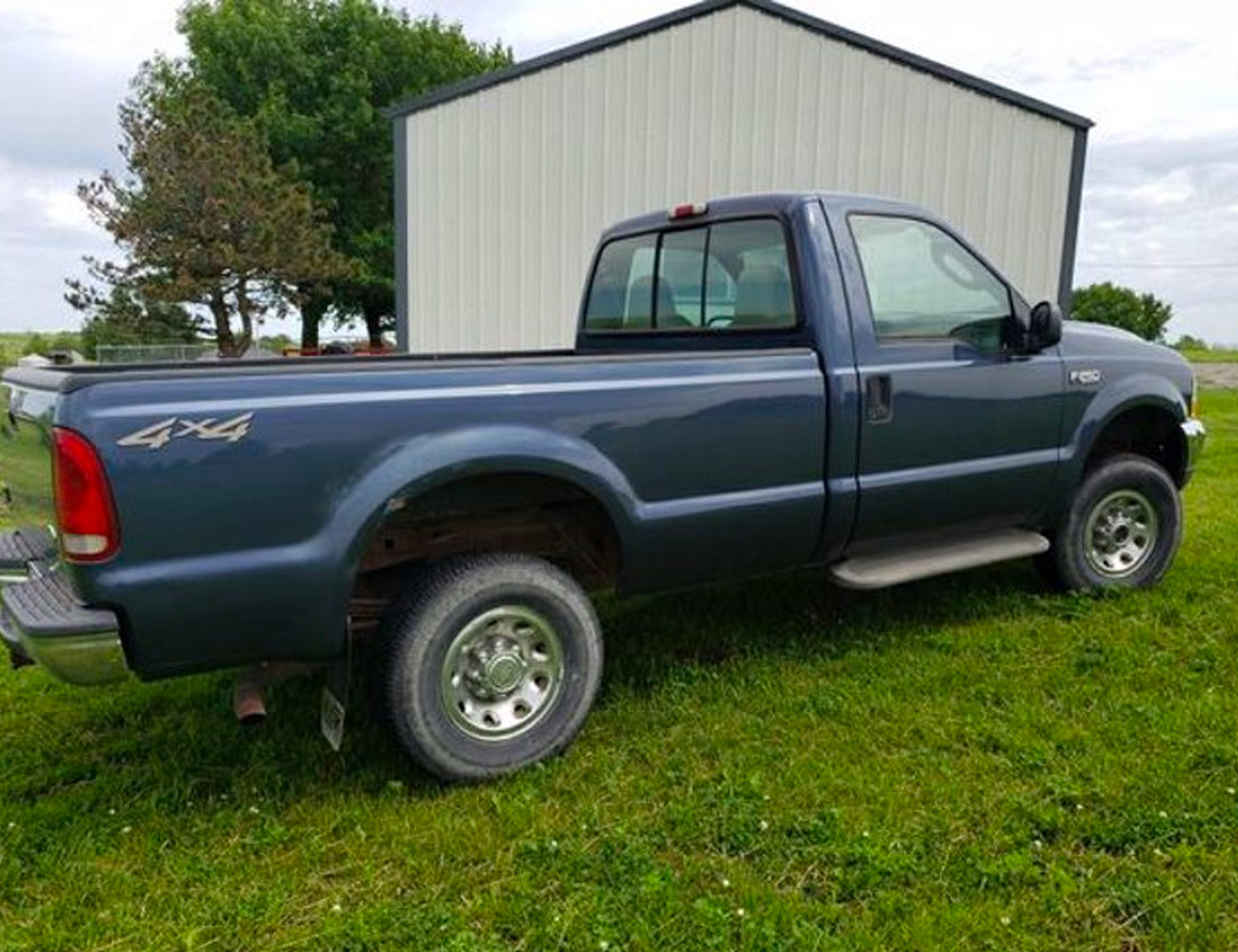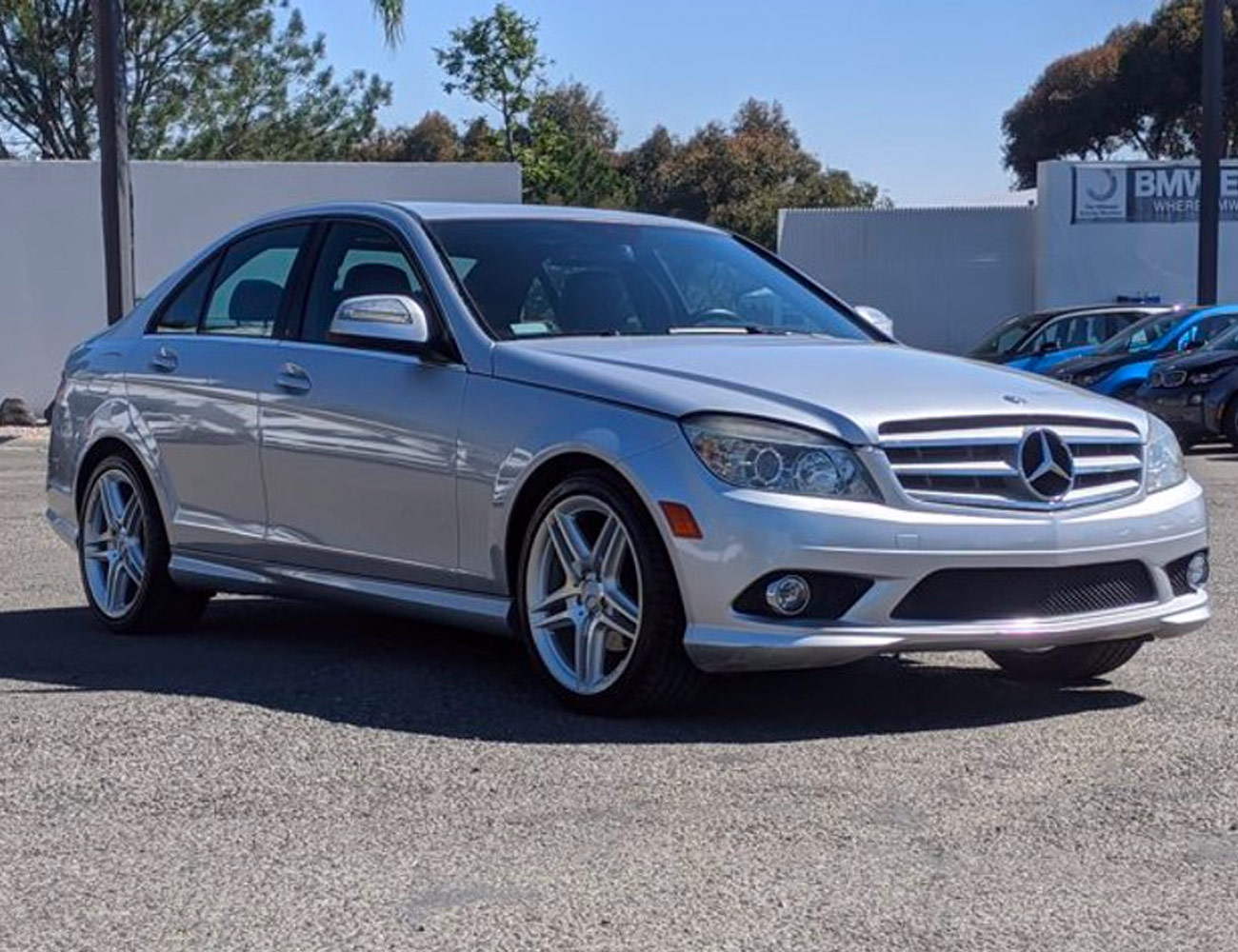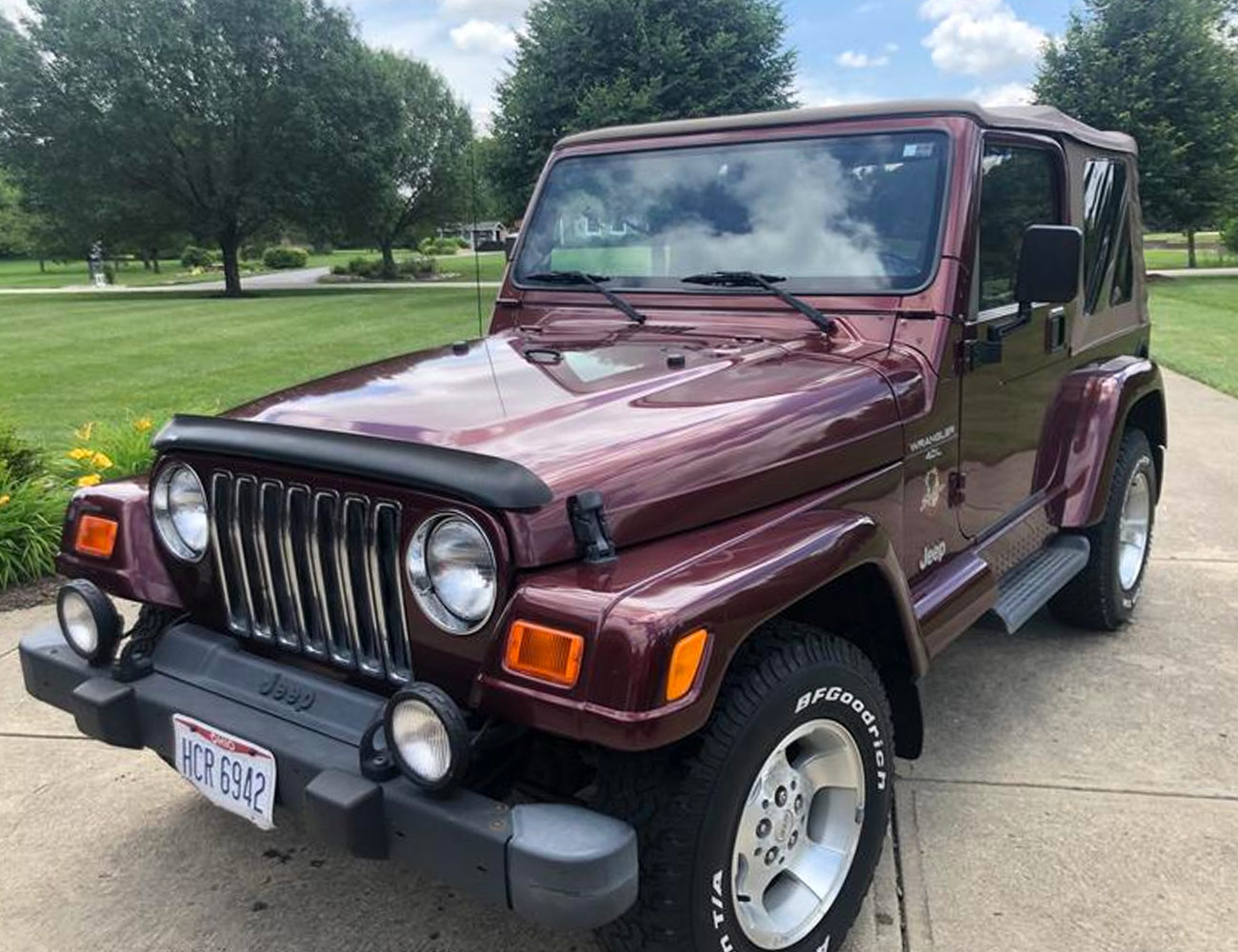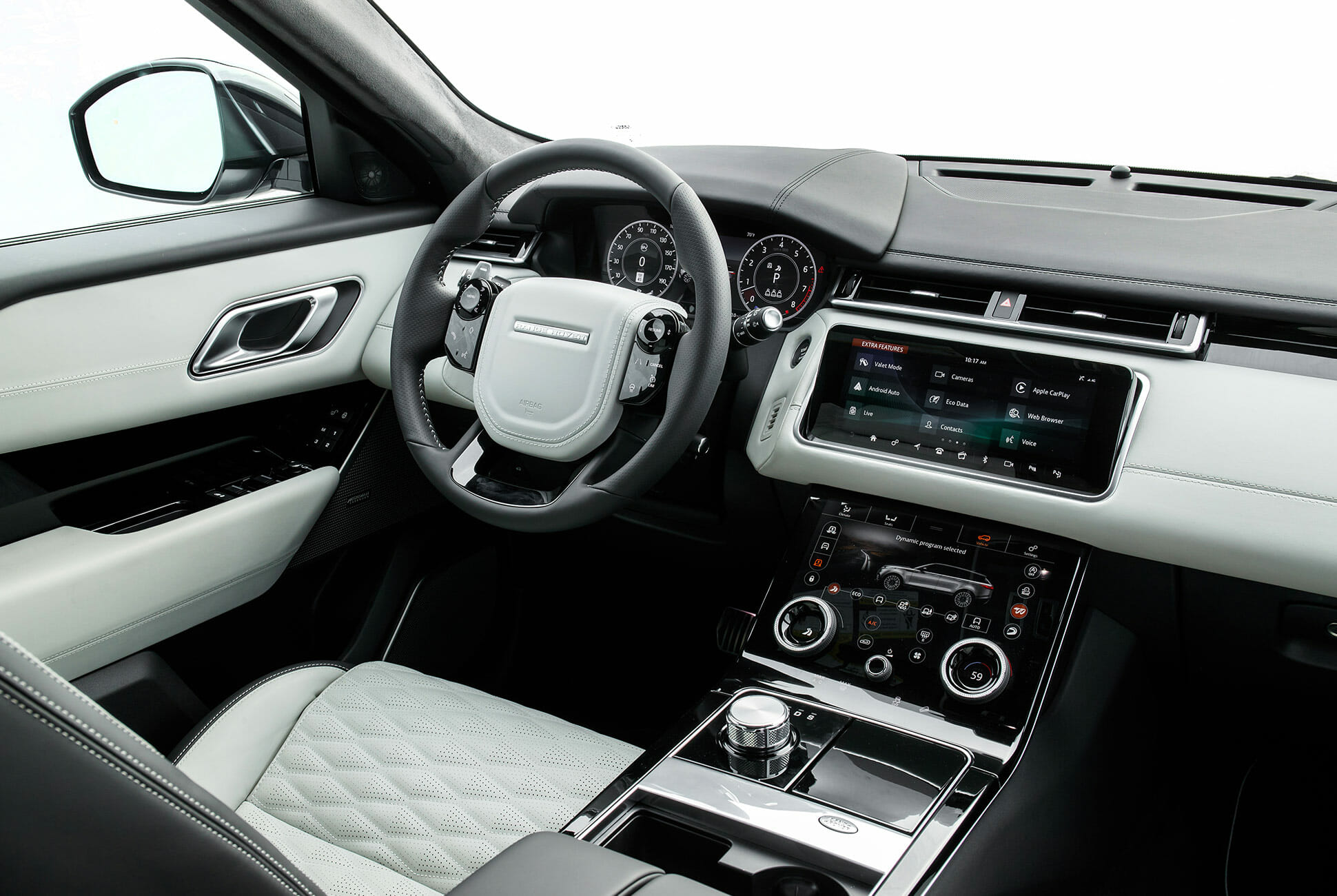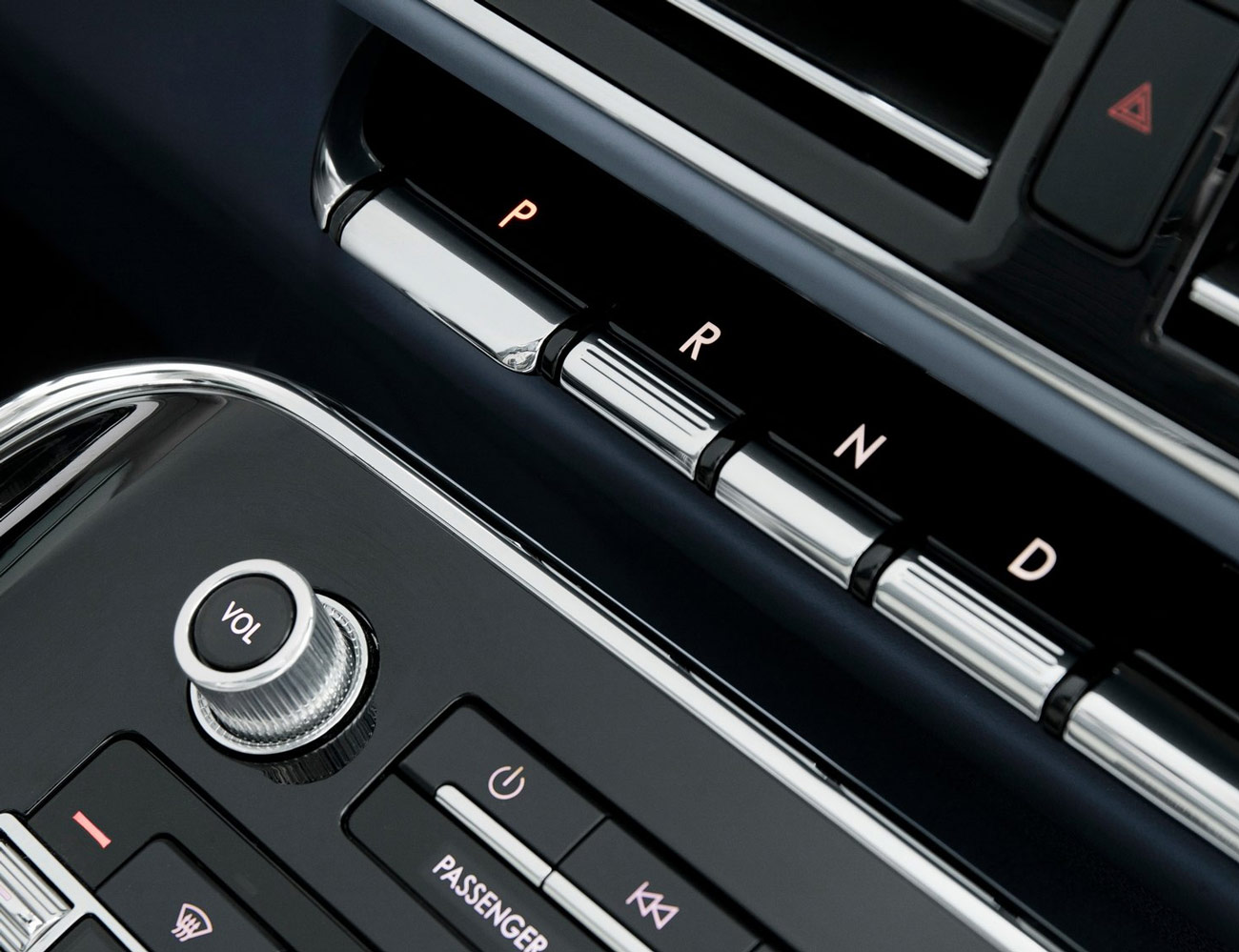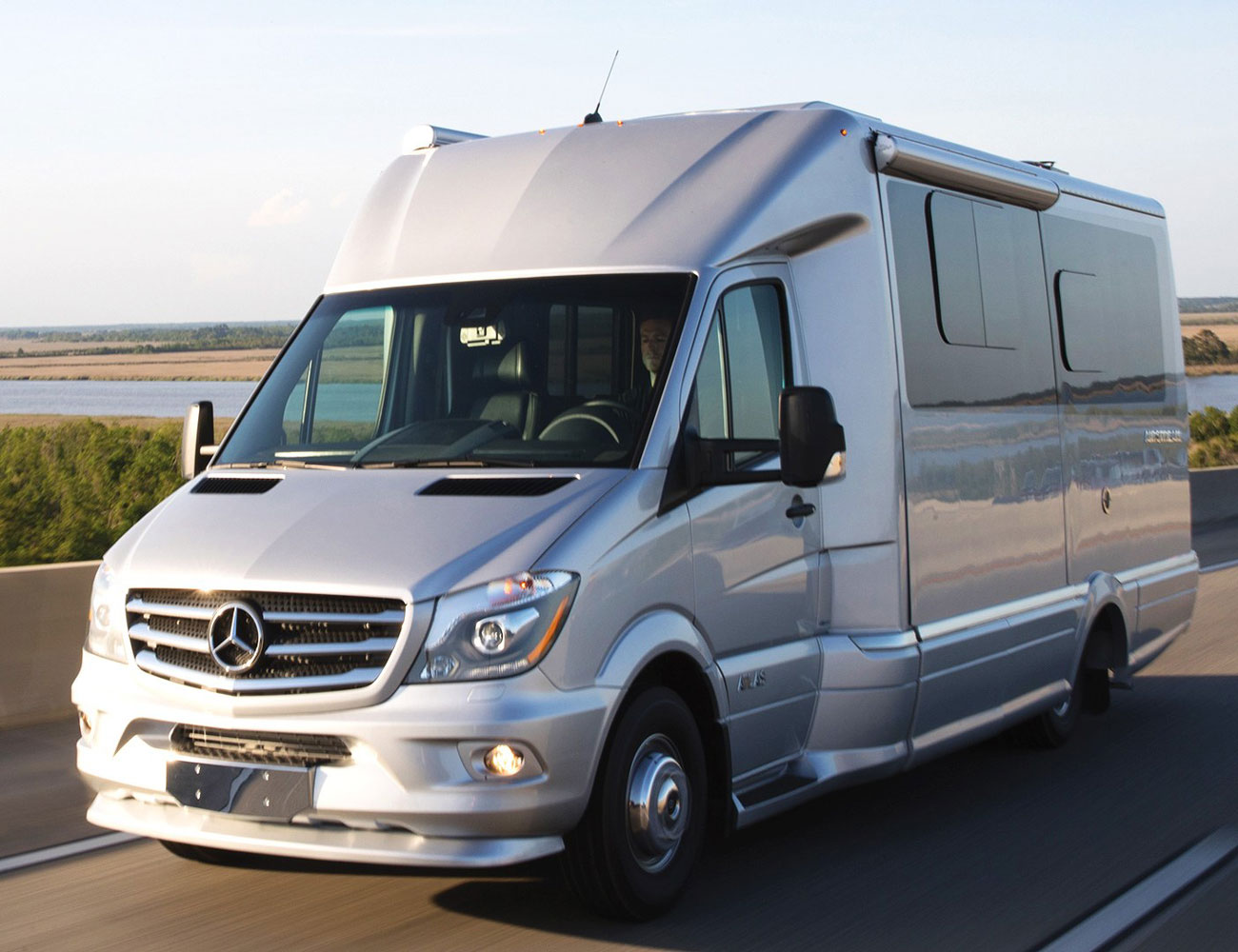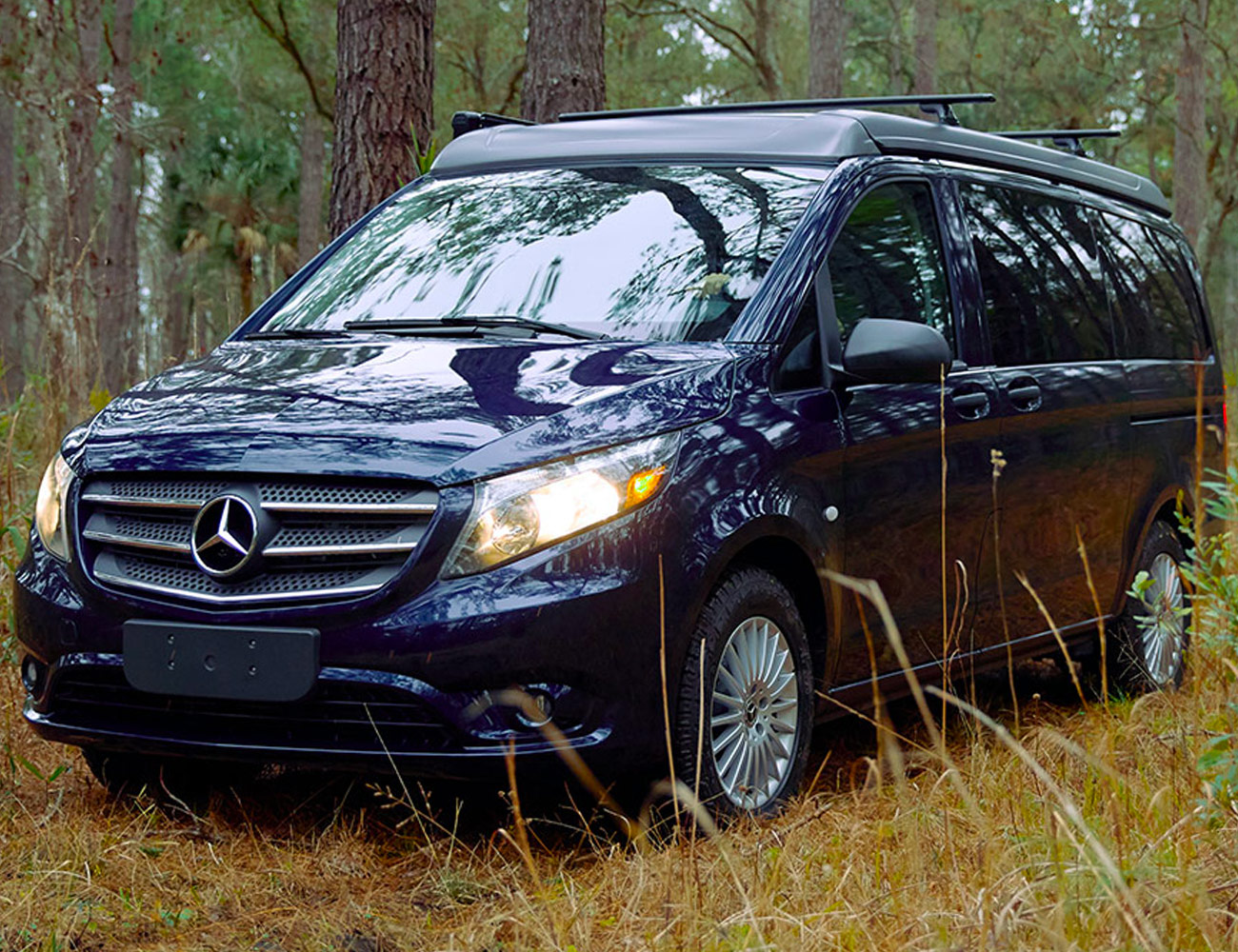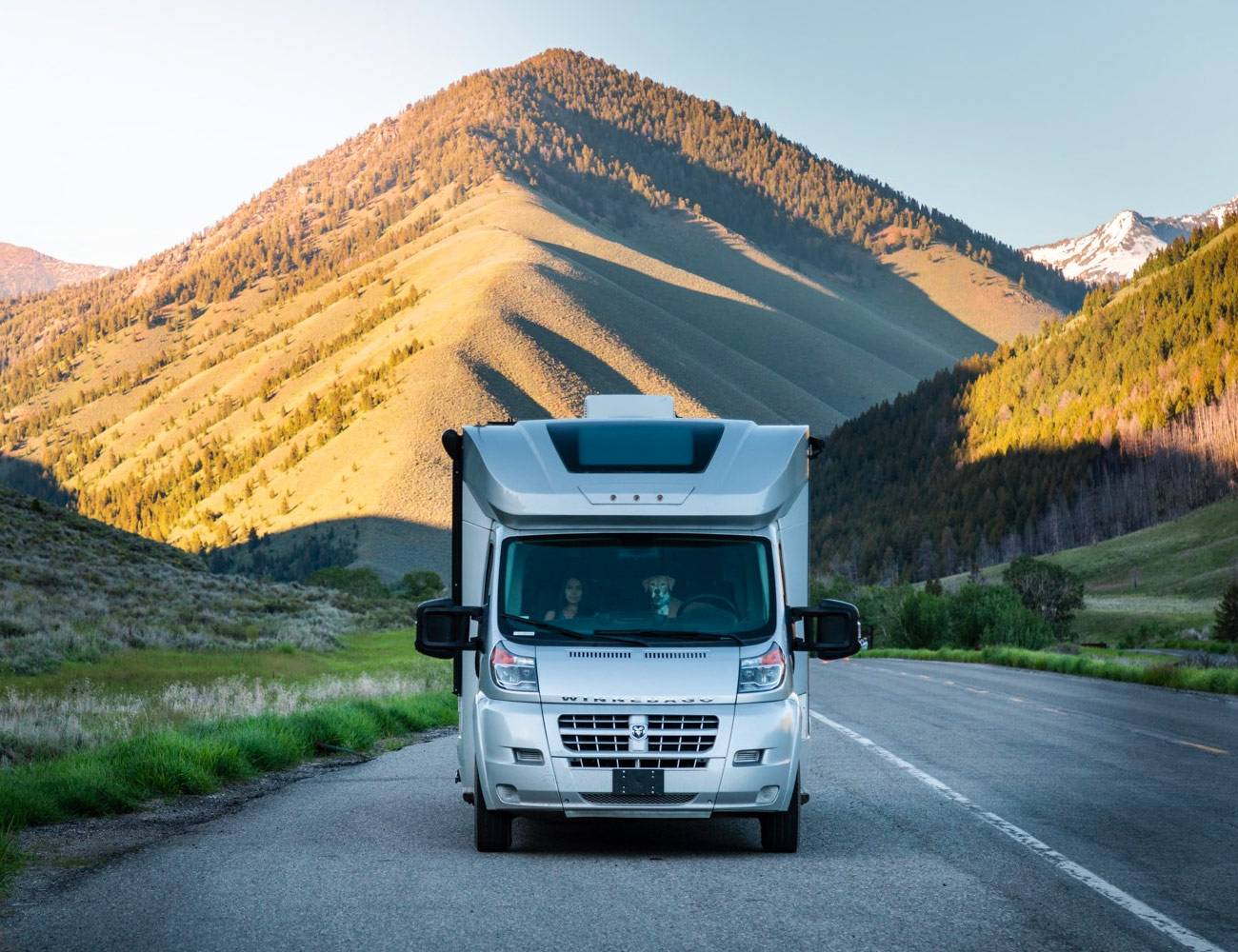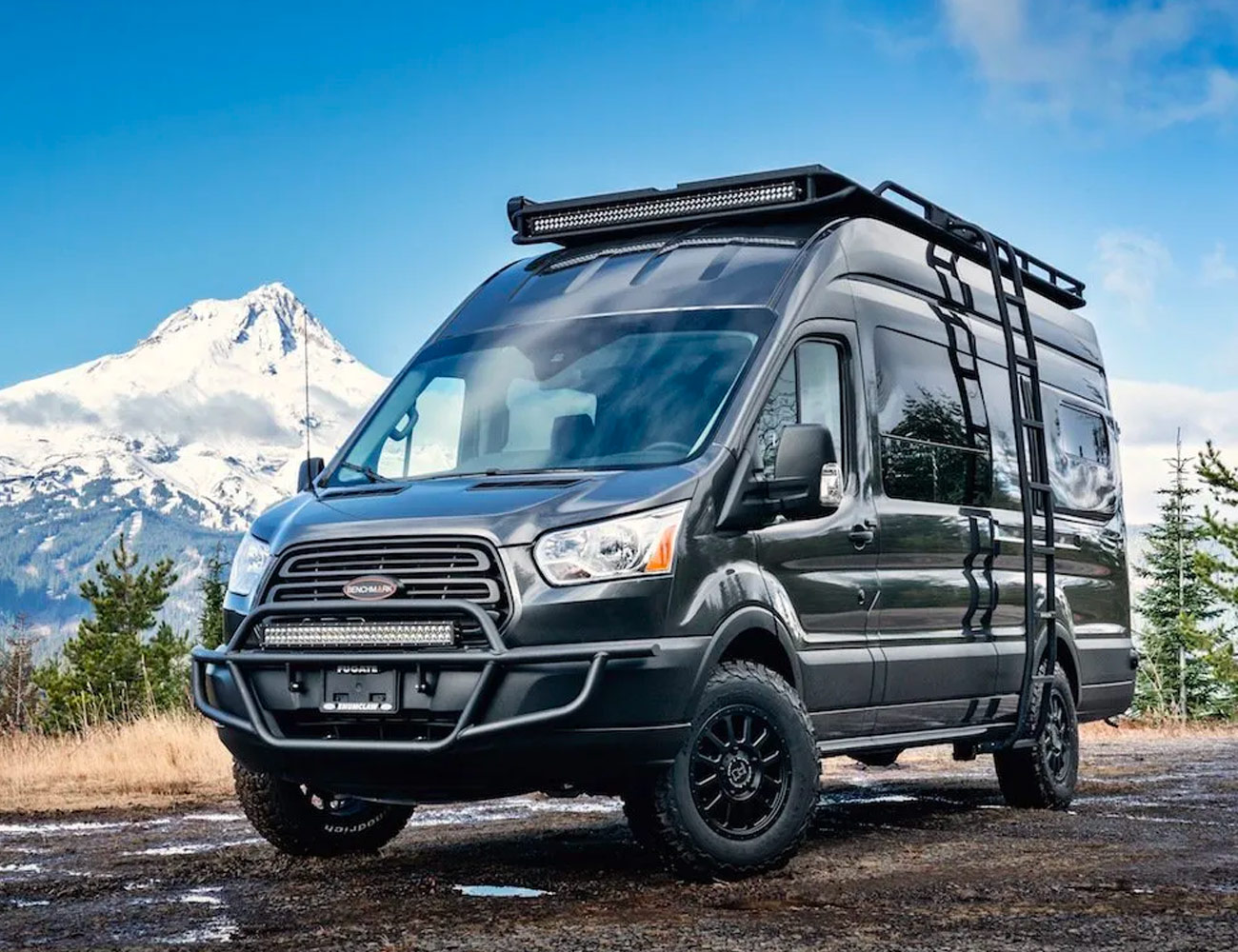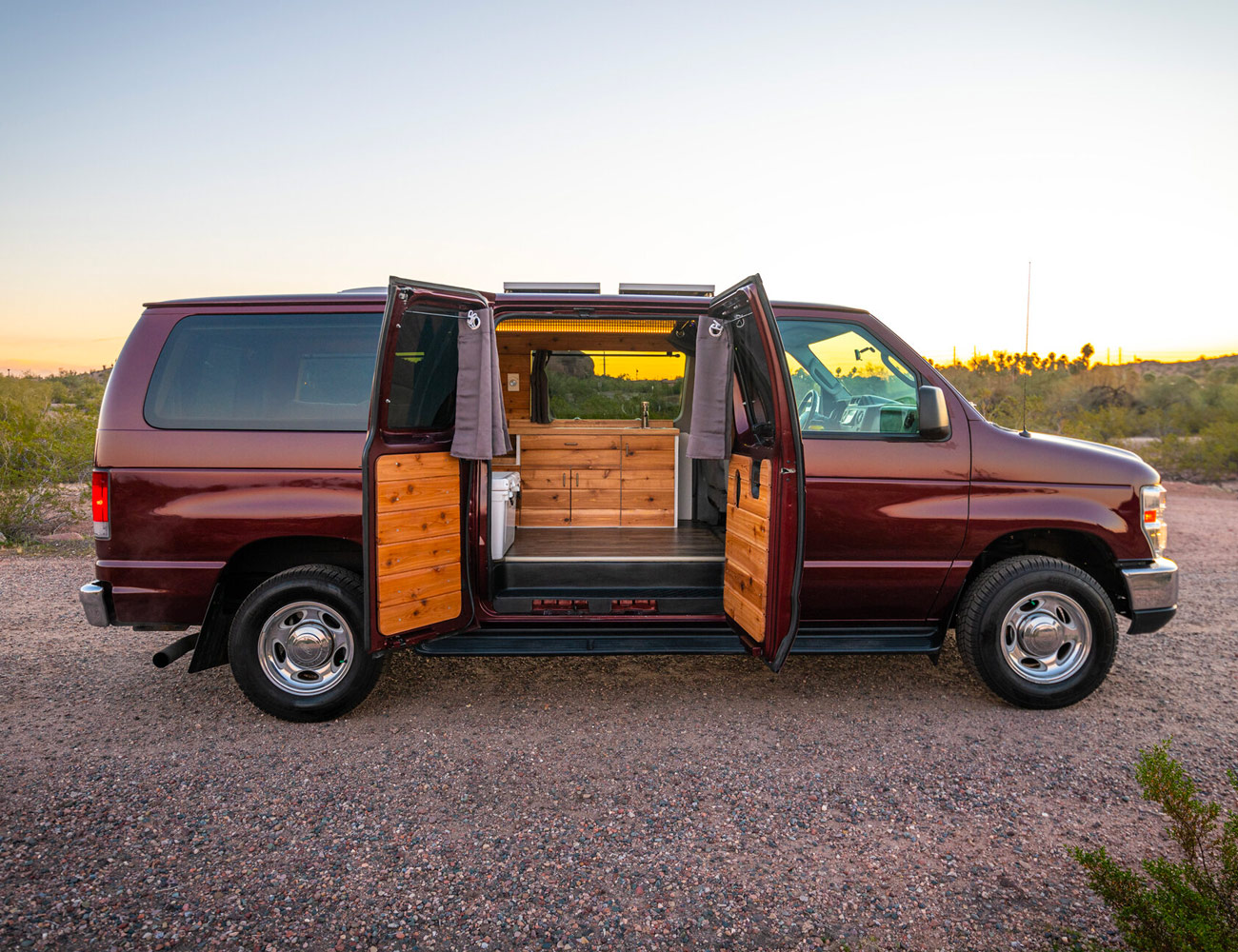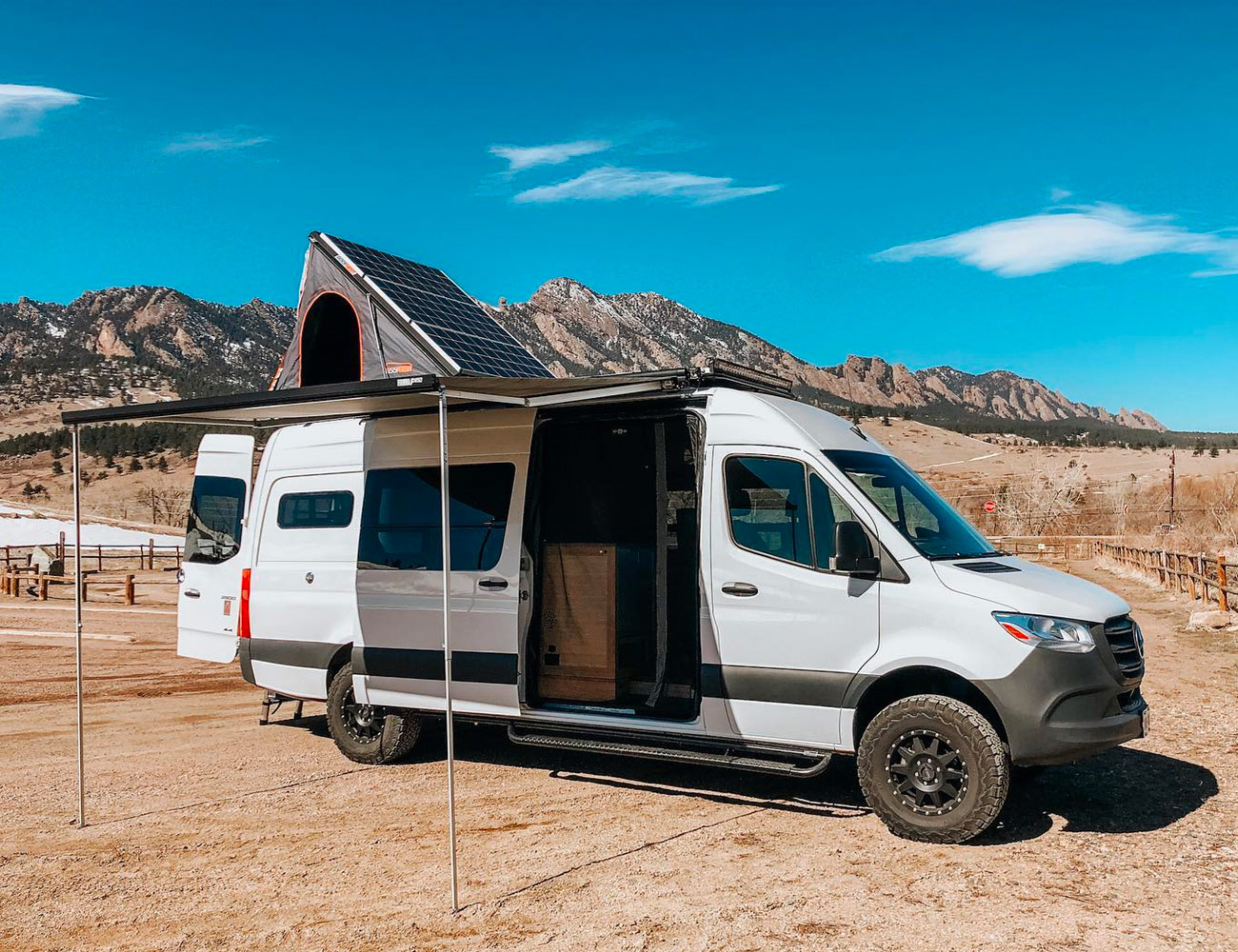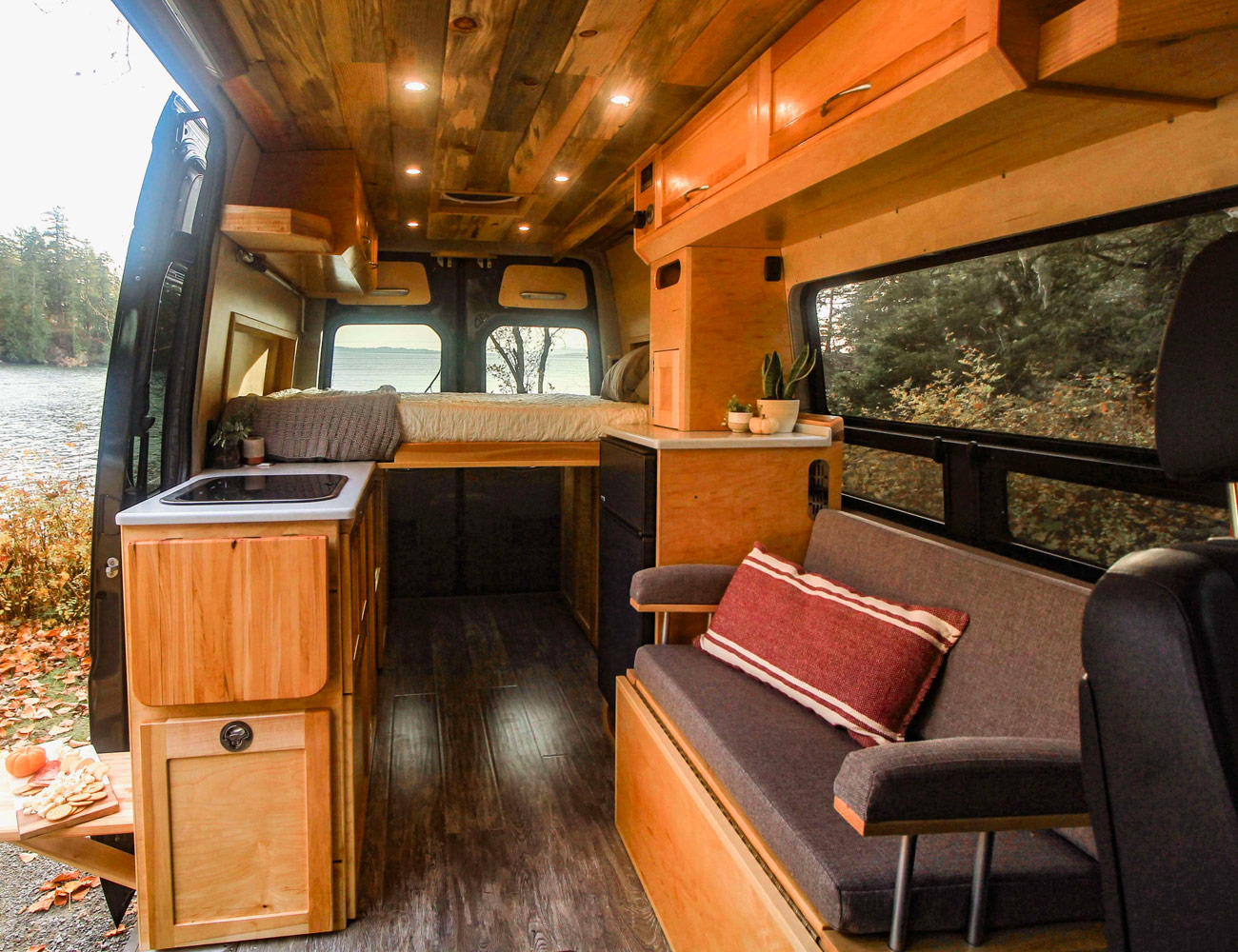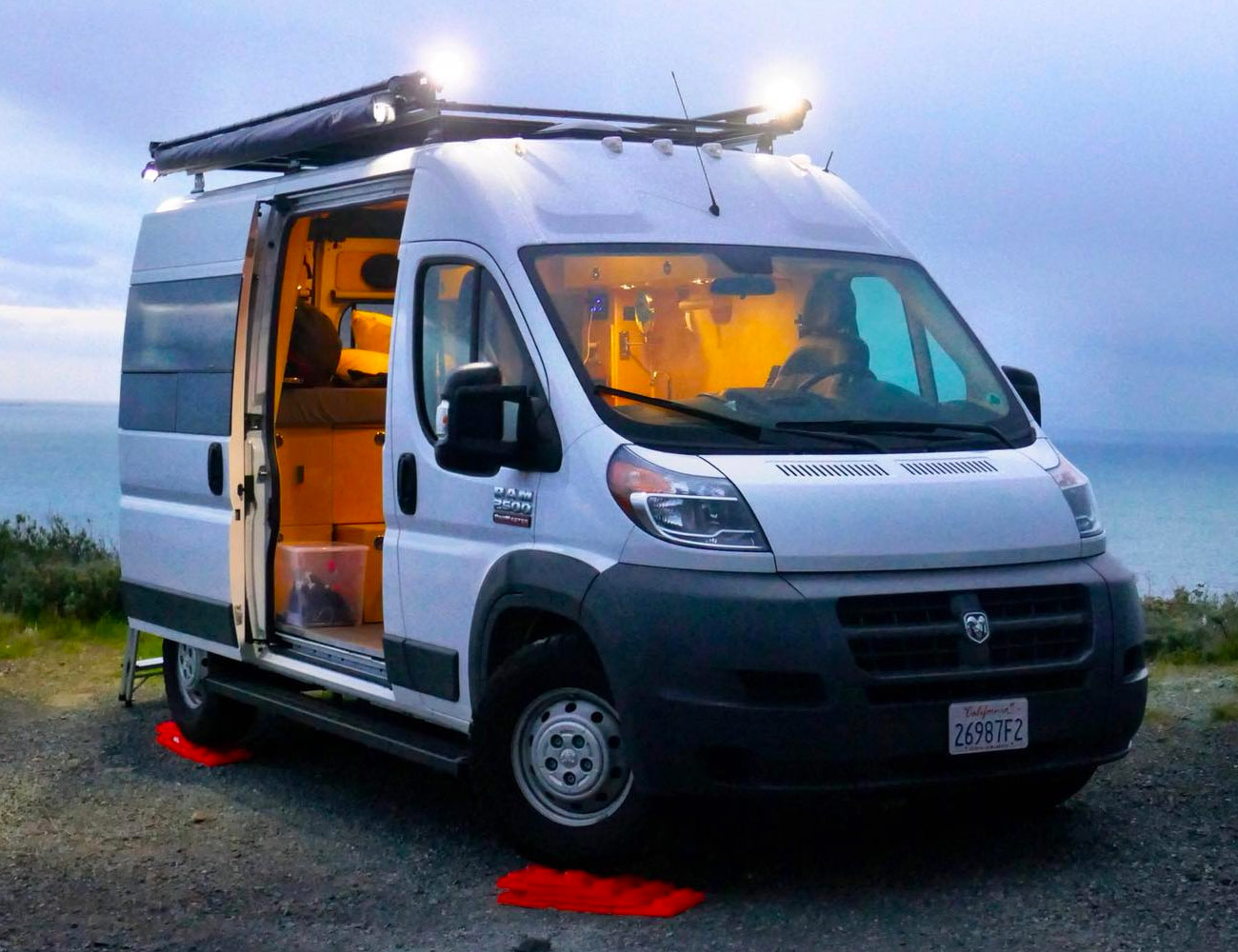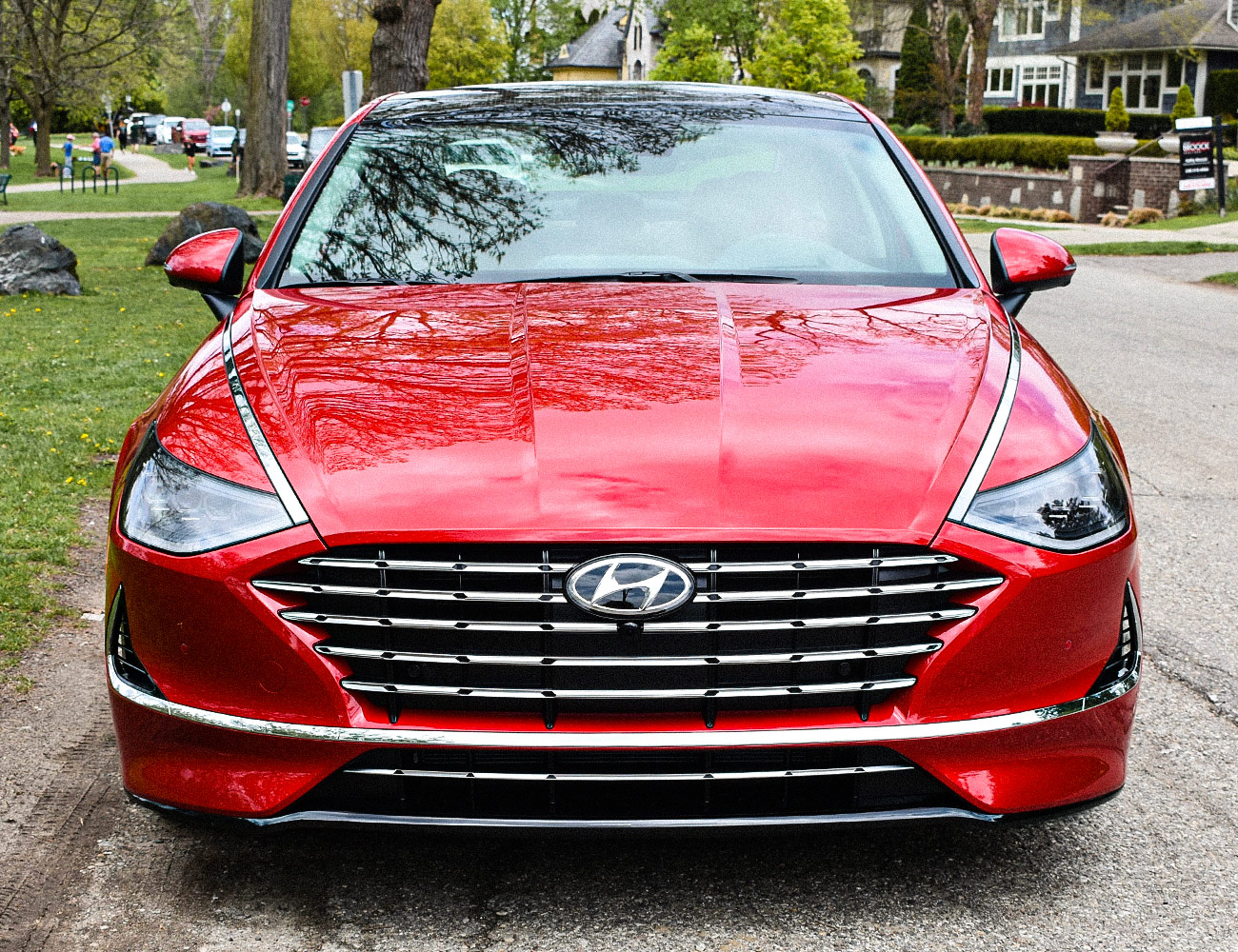I’ve worked from home my entire career, but for those of you employed in a non-essential sector, the last couple months have no doubt been a significant change of pace. You may feel liberated from your commute; you may be marveling at how redundant physical offices have become. You may also be noticing something else: your home can be an awful place to work from.
The distance between your personal and professional life that you once took for no longer exists. Distractions abound. Household to-do lists weigh on you; you’re far too close to snacks and leftovers; your dogs, taking advantage of your presence, beg to go outside at five-minute intervals. And that’s before you get to the current realities of significant others on their own Zoom calls and children requiring constant attention.
At home, it’s hard to develop anything resembling a workflow. And, even if your commute stinks, there’s something to be said for novel sights, new people and fresh air. In less-extraordinary times, I escape to coffee shops. Distance, caffeine, and the odd bacon-egg-and-cheese help me focus. Putting on real pants for an outing feels productive.
But with my standard getaway closed off, I needed another way to create a quiet workspace. I had an epiphany. Why not work from the Chevy Bolt EV I was testing?
On paper, a Bolt should be an adequate mobile workplace. It provides shelter, a large reserve of electricity and wireless Internet. You can move it to whatever environment suits your creative needs and have a view to rival any corner office.
![]()
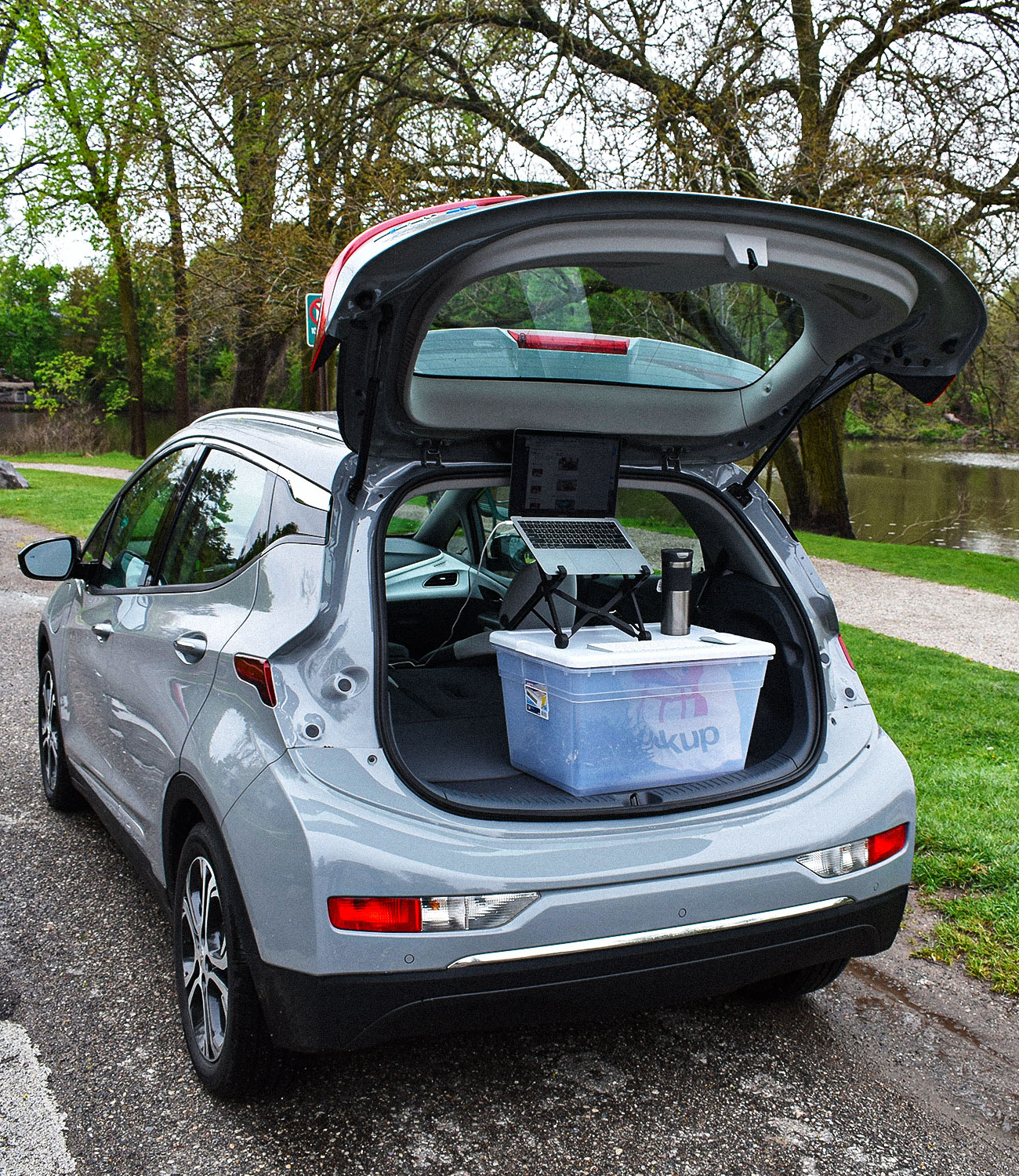
Sure, a Bolt isn’t Tom Brady’s stretched Escalade. But it is really affordable right now. Chevy’s current offer — at least in my area — offers the chance to lease a Bolt for $249 per month. Even with the down payment, the total cost averages out to $319 per month — a little more than $10 per day.
Now, that number is more than I customarily paid for food, beverages and parking while working over a typical month. But it’s also less than a dedicated desk would cost at my closest WeWork ($380 per month). And unlike the WeWork desk, a Bolt can be your means of transport when you’re not working.
To see if a Bolt could serve as a mobile office, I chose to spend the day working from alongside my neighborhood lake. The view was pleasant; parking was free; plus, it was less than a mile from my home if something went wrong (or I had to use the facilities). It sounded serene…at least, in theory, as I’d factored in neither the landscaping crews nor the resident geese.
Prep Work
I didn’t do much due to time and budget-related reasons. My main requirements for work are my hands and a computer. The one purchase I made was a power inverter — the best my Amazon points could afford — as the Bolt only has an 12-volt outlet at the front of the vehicle. With more time, I would have bought a $10 Lack side table from Ikea to rig up a de facto standing desk (a plastic storage tub I had at home worked in a pinch). Some form of cooler would have been nice, though my Miir water bottle sufficed.
Power Supply
In one sense, the electricity felt limitless. Keeping the car on (albeit without AC and infotainment) to charge my laptop and run the wireless drained almost nothing. I used up a total of seven miles of range for the day, and about six of that was from driving. The only real annoyance was having to turn the car back on every couple hours, after it shut itself down.


Where I was limited — probably for inverter-related reasons — was how much juice I could draw from the outlet. It was enough to charge devices, but not enough to operate my electric kettle to make tea or to get the heating pad I was using to treat a recent back injury up to an adequate temperature. Plan on stopping at Starbucks if you want coffee.
Internet
For this experiment, I pretended I hadn’t driven a bunch of GM test cars that all use the same default wireless password. It took more time than I’d like to admit to realize I needed to hit the OnStar button to find it. The 4G LTE signal worked decently well, for work purposes; I was able to write, surf the web and video chat, though it did cut out a few times.
Wi-Fi in a Bolt costs $20 per month for unlimited data, which seems reasonable. That said, if you can park somewhere to access a hotspot from your cable provider or elsewhere, that might be the better option. When I used the Bolt on an errand later in the week, I parked outside of a Wendy’s to hijack their superior connection (though I opted not to brave the interminable drive-through line for fries and a Frosty).
Ergonomics
The Bolt was serviceable for a mobile office, but far from ideal. The car itself is narrow and tapers toward the rear of the vehicle; you can’t fold down the seats and create an elaborate rear lounging setup. I’m 5’11”, and the car was not big enough for me to stretch horizontally across the rear seat. It was also difficult to climb in and out of the small rear hatch.
I was able (albeit just barely) to make my standing desk work in the back with the rear hatch open. But using the seats as intended proved to be the most comfortable option. With your knees slightly raised, the front passenger and rear seats offered a decent laptop resting position. And if one were to camp out in a Bolt (or, say, take a quick nap between Zoom calls), the best option would be to recline the front seats fully.
Verdict
Other EVs would have been more practical and comfortable than the Bolt as a basis for a mobile office. But other EVs would also cost a lot more. If you live in California, where could park by the beach every day and could access the HOV lanes…you could do worse than work from a Chevy Bolt.
Note: Purchasing products through our links may earn us a portion of the sale, which supports our editorial team’s mission. Learn more here.
Tyler Duffy is Gear Patrol’s Motoring Staff Writer. He used to write about sports for The Big Lead and The Athletic. He has a black belt in toddler wrangling. He’s based outside Detroit.
More by Tyler Duffy | Follow on Facebook · Instagram · Twitter · Contact via Email

